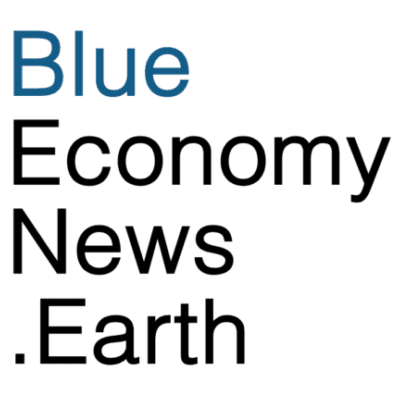The government of Mexico has reclassified sargassum, the ubiquitous seaweed fouling up beaches, as a resource for economic development. It plans to make it possible for Mexican businesses to develop products with the seaweed that can range from animal feed to fuel to biopharmaceuticals.
According to Riviera Maya News, sargassum been reclassified as a fishing resource with development potential in the National Fisheries Charter. The publication said the classification was made official by the Ministry of Agriculture and Rural Development (AGRICULTURA) with a publication in the Official Gazette of the Federation (DOF).
Sargassum is a brown seaweed that forms islands in the ocean harboring marine ecosystems for multiple species. But once they reach the shore, they rot and smell terrible, driving tourists away from beaches. Factors such as warming oceans and increased runoff into the ocean have led to excessive growth of sargassum. However, research shows that the seaweed could be commercially useful.
One study said the seaweed is a “nutritious and rich source of bioactive compounds such as vitamins, carotenoids, dietary fibers, proteins, and minerals” and that many biologically active compounds such as polyphenols–which have antioxidant properties–have been isolated from different Sargassum species. “These isolated compounds exhibit diverse biological activities like analgesic, anti-inflammatory, antioxidant, neuroprotective, anti-microbial, anti-tumor, fibrinolytic, immune-modulatory, anti-coagulant, hepatoprotective, anti-viral activity etc., Hence, Sargassum species have great potential to be used in pharmaceutical and neutralceutical areas.”
Sargassum also performs essential ecological functions such as carbon sequestration and heavy metal bioabsorption and can help prevent erosion and nourish dune ecosystems.
The Mexican government aims to increase sustainable management of sargassum, not only to address an environmental challenge but also to generate sustainable economic opportunities to benefit coastal communities. It has identified multiple industrial applications for the sargassum including: a food supplement in animal husbandry, fertilizers, biofuels, bioplastics, bioremediations and purifiers for water treatment, fibers and dyes for the textile and footwear industries and biomaterials for brick making.
The estimated collection volume is up to 945,000 tons of dried sargassum annually, collected by specialized vessels such as the Ocean Sargassum Vessel, designed by the Navy.
The incorporation of sargassum as a fishing resource was made in conjunction with the Mexican Institute for Sustainable Fisheries and Aquaculture Research (IMIPAS), the National Aquaculture and Fisheries Commission (CONAPESCA) and the Ministry of Environment and Natural Resources (SEMARNAT) in an update to the country’s National Fisheries Charter, which now includes Caribbean holopelagic sargassum as a fishery resource with development potential.
The change will help the Quintana Roo government to move forward with its plan to establish the state’s first sargassum transformation center. The government aims to certify sargassum harvesting as a greenhouse gas mitigation measure by preventing its decomposition on beaches. This measure would allow for the generation of unemitted CO2 certificates (carbon credits) which could be traded in voluntary or regulated markets.

